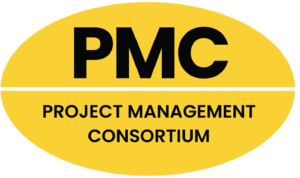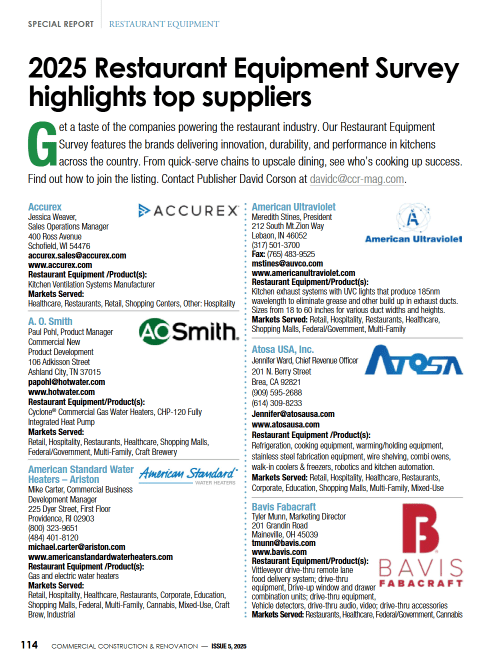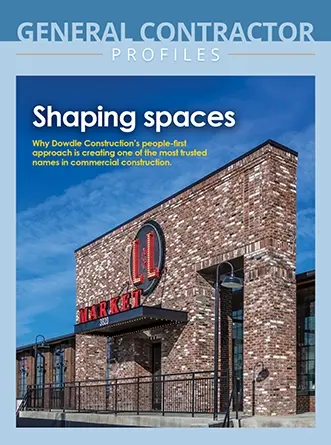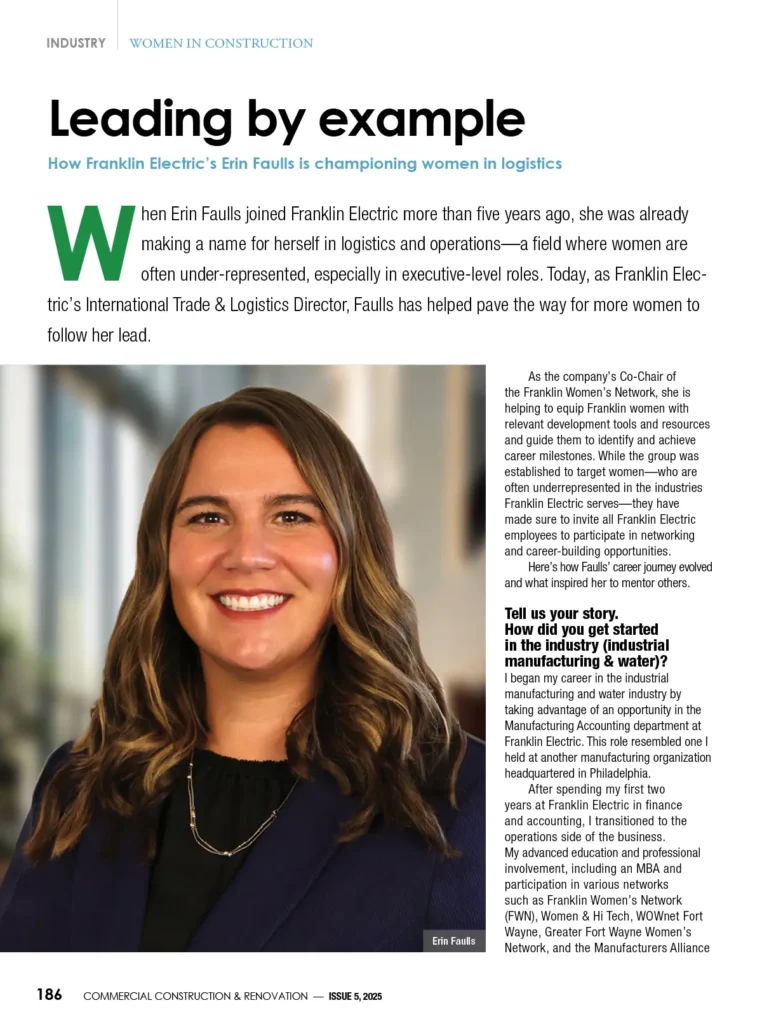Over the last few years, the lumber industry was the topic of conversation over dinner tables and boardrooms across the US. The rising cost of lumber – especially unprecedented prices never seen before – was affecting the price of everything from kitchen cabinets to commercial construction. This of course, was attributed to many different factors including pandemic-related operational issues, logistics snafus, sawmill curtailments and closures, and more.
Lumber historically has always had some volatility however, 2020 and 2021 tested every purchaser’s straw. Many buyers were looking for the “experts” to tell them what to do or offer their advice on the market. Most large companies looked for people to push their risk too – which is what the secondary community (i.e those between the producers – and ultimately the consumers – who make money taking risks, speculating, and distributing) seemingly did.
Then in the last few months, the industry took a dramatic turn. The price of lumber dipped to pre-pandemic levels, making the affordability of lumber and lumber building materials (LBM) the best it has ever been. Though it’s important to note that the cost of other building materials like drywall remain high and are still affecting the cost of new construction projects, now is the time for lumber purchasers to see what materials they need to lock in the low prices currently on the market today.
As 2023 rolls along, the construction industry faces many challenges beyond the price of lumber. Logistics and supply chain woes, inflation and high-interest rates, and of course a shrinking labor force. However, we see opportunities for firms and builders to take stock of their plans for the remainder of the year and consider why wood continues to be the primary building material for new construction and how accessibility to new technologies can help the construction industry get ahead of potential challenges including keeping costs down by being proactive on their purchasing plans.
Wood as a Sustainable and Energy Efficient Building Material
As global concerns about climate change and the environment continue to grow, builders should be aware of the importance of incorporating sustainable and energy-efficient features into their projects. This can include using eco-friendly materials, designing buildings to maximize natural light and ventilation, and installing energy-efficient systems and appliances.
In a recent study by Matheus Roberto Cabral and Pierre Blanchet, the authors found that the manufacturing process for wood-based materials is “more sustainable and a low-carbon construction alternative, noting that wood-based materials have a much lower energy efficient value compared to other materials like concrete or steel.”
The authors suggest:
The use of wood-based materials as building elements represents significant energy savings potential by reducing [embodied energy] (EE) values. In addition, wood-based materials and wooden buildings are less energy-intensive to produce/build and are able to absorb and store CO2, contrary to concrete and steel, which require much energy to process and emit a huge amount of CO2 during production. Moreover, it is quite well-known that wooden buildings are lightweight, easy to build and environmentally friendly. Therefore, the choice of wood as a building element also represents an interesting strategy to improve energy efficiency in the building industry. (Cabral & Blanchet 2021)
With a renewed focus on the environment, American-based construction companies are likely looking to build more energy efficient projects. This will be imperative in the coming years, so firms will need to consider sourcing materials that are produced with a lower EE value like lumber and other wood materials. As Cabral and Blanchet point out, “The use of low-energy materials can reduce total EE by 25% to 60%, which subsequently leads to energy savings over the building’s life cycle.”
And with more importance put on finding the right materials for building projects, so too is the need for the right technology to manage projects just as effeciently.
Bringing Builders into the Digital World
Technology is rapidly changing the way that construction projects are planned, managed, and executed. Builders should be aware of new technologies that can help improve efficiency and accuracy, such as building information modeling (BIM) as well as construction project management software.
Beyond project management, other technology is driving the construction industry including how lumber is bought and sold.
Traditionally, lumber and other wood products are sourced and procured by brokers who have connections to both supplier and buyers. Other times, the lumber procurement process goes through a framer, general contractor, a wholesaler, or a sawmill. What options are builders looking into when sourcing lumber supplies?
Today, the digitization of the lumber and wood industries is making it easier and more cost-effective for builders and construction firms to source the supplies they need. As a younger generation – many who might identify as digital natives – are stepping into leadership, they’re looking to leverage technology in all aspects of their business. And with a higher availability of lumber online, buyers can select the exact products they need – from multiple suppliers – and have it all delivered directly to their job site. This is making it even easier for firms to see real-time prices with delivery charges and take-rates all in one place – and pay invoices immediately – including with terms or other payment options. No longer do teams need to call around asking for prices or available inventory, online lumber marketplaces are becoming their one-stop shop.
Technology is also helping the construction industry better manage projects from the ground up – and now making it even easier for procurement. And afterall, cost efficiency is a driving force of construction projects around the world. So how do firms leverage technology to secure today’s unprecedented prices available on the market?
Cost Connections
Commodity lumber prices are probably as low now as they will be for the foreseeable future. Now is the time for construction companies and builders to take stock of their overall need for lumber and other LBM supplies and lock in today’s current low prices in an effort to manage part of their construction costs more efficiently?
And it’s also important to watch interest rates, i.e. what will they do in 2023 to drive or limit commercial construction – as well as pay attention to other input costs like drywall, concrete, steel, etc. Will there be any relief on these items in 2023?
While we can only look ahead so far, we know that the best scenario is for firms to lock in their prices now to ultimately keep their building costs down early on – especially if other material costs are on the rise.
As more construction executives and home builders are looking to build energy efficient projects using materials that create long-lasting EE value, LBM is still the favored building material. While the price of lumber remains low, and our expectation is that it continues at this level well into 2023, it can also be unpredictable at times.
We’ve seen prices tick upwards with the announcement of curtailments and closures of several major sawmills throughout North America, along with the threats of strikes from railway unions, and other logistical hiccups. It’s no secret that the price of lumber can certainly rise again without warning.
Most large industrial buyers usually get a budget with lumber as an input. It was usually a second thought, but during the pandemic – and likely going forward – leaders need to proactively monitor this commodity on a regular basis. Construction executives should have a long-term strategy beyond “giving it to my friend” to handle. Digital markets help in this process.
Today, technology is making it easier for LBM buyers to quickly and transparently procure the materials they need, while managing their entire order from end-to-end. Online lumber marketplaces are offering better solutions for builders to purchase their supplies with a streamlined logistics process (with up-to-the-minute delivery updates) as well as secure payment options – including ACH, wire transfers and even pay-over-timer terms. And with marketplaces getting payments processed quickly, it can help the revenue stream of mills and other suppliers to continue operating at full-force.
Builders should review their construction plans regularly and make certain that if their buildings include using energy-efficient materials like lumber, then their procurement strategy should be aligned with current market trends and leadership should look at utilizing the technologies available in the market to keep costs down and production moving swiftly.
As a final note, below is a checklist that might be helpful when it comes to lumber procurement. The process should be simple and streamlined regardless of the size of your project.
- Timing the market is silly. If we learned anything during the pandemic, it’s that commodities can be volatile and trying to time according to the market can prove futile.
- Come up with a budget and have a purchasing plan in place
- If you have money in the budget and it hits your delivery schedule, buy it, or transfer the risk to another in the industry to cover your needs.
- Historically buying in Q4 to cover for H2 has worked overtime but not always.
- Get a methodology down to understand cost of production, market trends and when you will need material.
- Get closer to the purchasing of commodities instead of always giving that power to others. Have a “talent stack” of how the supply and demand works along with pricing.
- Have a source, without an agenda, that can give you fair and honest pricing.
- Know how to counter with an educated reason.
- Challenge the people you buy from to educate you on why they deserve your business.
- Continue to leverage technology to understand trends in the market and pricing
- If you always wait until you need it, you’ll continue to garner the same results you currently have – which can cost you more in the long run.
Byline: Ashley Boeckholt, Chief Revenue Officer of MaterialsXchange, a Mickey company, is responsible for sales as well as business development and strategy for the digital lumber marketplace. Prior to joining MaterialsXchange, he served as Director at Koch Pulp & Paper Trading, where he helped grow the firm’s risk management business through selling lumber swaps in the OTC market. Previously Boeckholt served in leadership roles at Sherwood Lumber and Bloch Lumber.
































